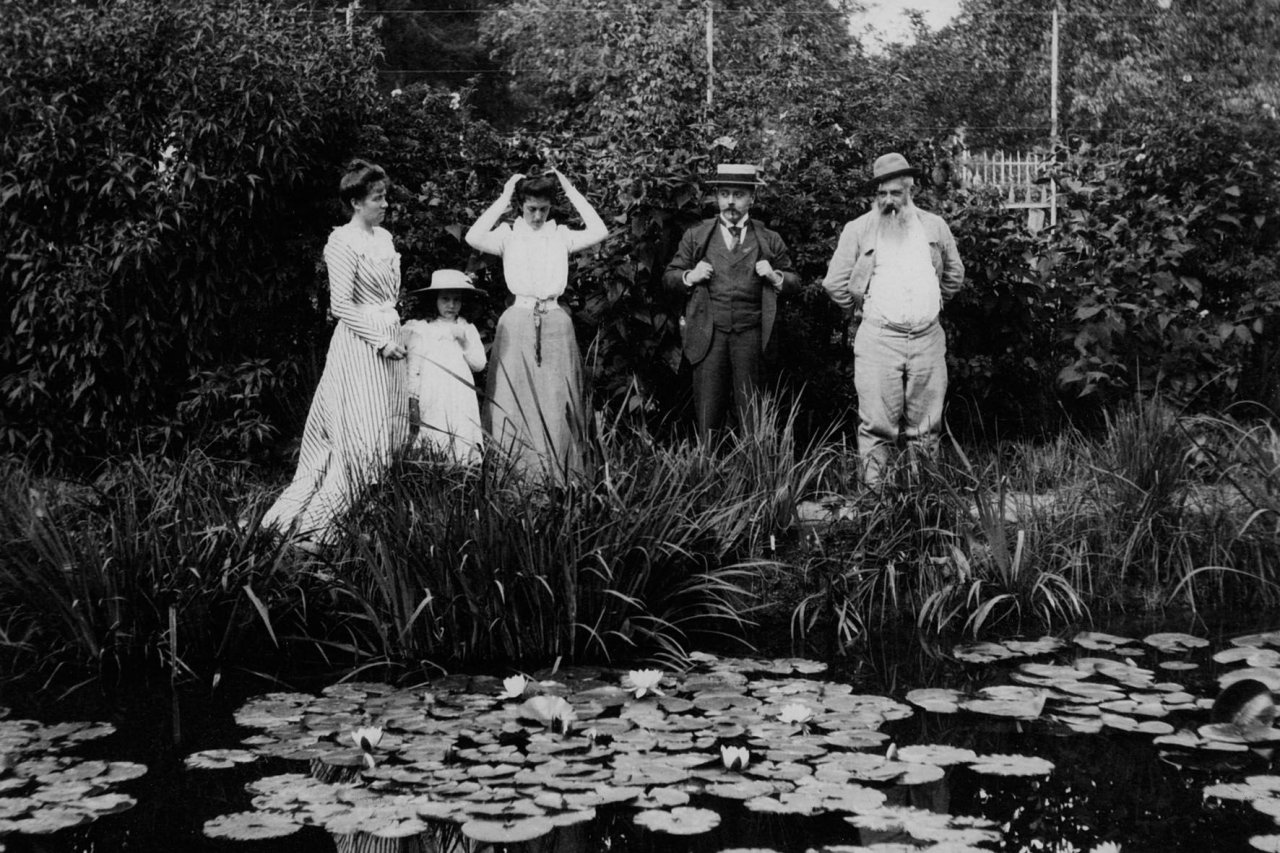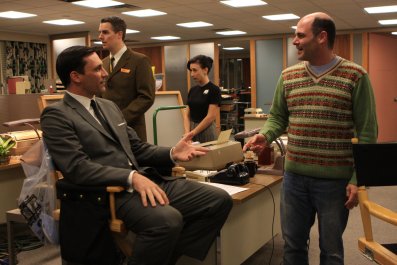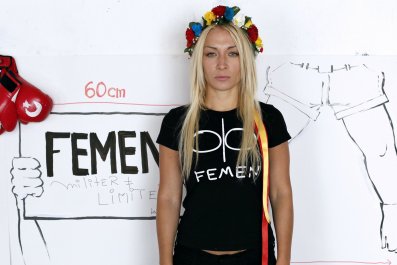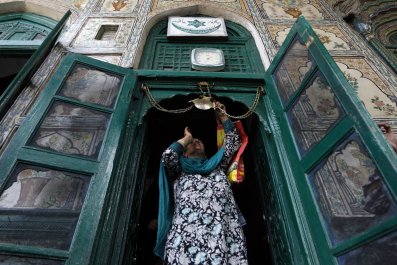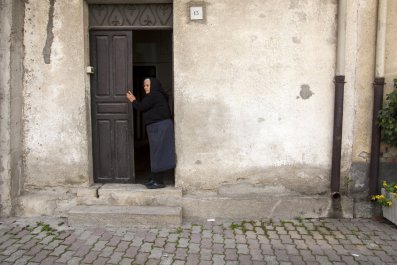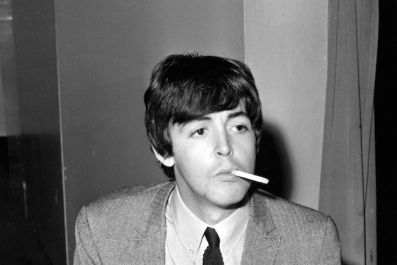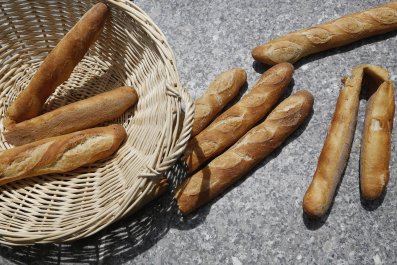Standing in front of the wall of Monet poplar paintings at Inventing Impressionism in the British National Gallery, I found it hard to keep out of my mind an observation by Philip Hook. In his book about Impressionist painting, the Sotheby's expert says that as he stood in front of one of these canvases depicting an enfilade of trees fading into the distance, he saw the trees re-form themselves into the "shimmering but unmistakable impression of a dollar sign". And in a way that is what this show is about.
Five of the 15 poplar paintings that Monet exhibited in 1892 have been reunited at the National to give an idea of what it was like to attend that exhibition in Belle Epoque Paris, except that we view these pictures through the distorting glass of more than a century's hysteria about Impressionism.
It is hard to respond to these paintings without addressing their financial value and their historical significance. The phenomenon of Impressionist painting is as intriguing as the work itself and, focusing on the role of Parisian art dealer Paul Durand-Ruel, this show explains how the hunger for Impressionist painting was created as much by skilful business techniques as by the art itself.
In many ways Durand-Ruel was the forerunner of modern dealers like Charles Saatchi and brought the methods of the Bourse to the art world. A typical coup was to try and corner the market in a certain artist and then promote the hell out of them. Believing in advertising and PR, he made use of solo artist shows to boost the star quality of his acts rather than just presenting them as participants in a movement. He also sought financial backing from wealthy collectors and attracted extra capital by offering shares in his gallery for public sale. This financial acumen made him tireless in his expansion into export markets, with branches opened in cities including Brussels, Vienna and London. Born in 1831 in the age of Delacroix and Ingres, Durand-Ruel died in 1922, when the rivalry between Picasso and Matisse was beginning to shape the course of 20th-century art. He bought colossal quantities of Impressionist paintings: an estimated 1,500 Renoirs, 1,000 Monets, 800 Pissarros and 400 works by Degas.
Given the number of works to pass through his hands, this exhibition is a sort of a compilation album with enough familiar hits to carry the audience along: Degas at the races and the ballet; Monet flower and snow paintings; Renoir's famous Dance In The Country and Dance In The City.
We are invited to consider the last two works as they first hung on the walls of Durand-Ruel's apartment. They have long since become standard bearers for Impressionism and Durand-Ruel used them as such in his lifetime, but here their domesticity is emphasised by their proximity to one of the doors from this room, with panels painted with still lives by Claude Monet.
Alongside the portraits of the dealer's sons by Renoir, the sense of Impressionist painting as domestic art starts to emerge. Once collectors got over the shock of the novelty of Impressionist art, they appreciated that unlike the vast history paintings of a generation earlier, these were works of a scale and subject matter that lent themselves to display in the apartment buildings of Baron Haussmann's redeveloped Paris.
Durand-Ruel's life can be studied as a model for aspiring dealers and ushered in the era of the mega-dealer such as Joseph Duveen, who was so good he sold paintings to a blind man. As Hamburg Art Gallery's Alfred Lichtwark observed: "The role that was once played in the life of the artist by the priest, the prince and the patrician as protector, employer and intellectual guide is nowadays played by the art dealers."
Over a century later the art market is once again changing. With the modern Durand-Ruels getting ever bigger and the growing importance of auction houses, even well-established medium size galleries are finding it hard to compete.
In a market dominated by big dealers, contemporary art increasingly makes its impact with fairs franchised around the world. Perhaps one day the National Gallery will mount a show on the role of Frieze and ArtBasel in shaping the tastes in art in the 21st century.
At the National Gallery until 31 May. Go to nationalgallery.org.uk/inventing-impressionism



